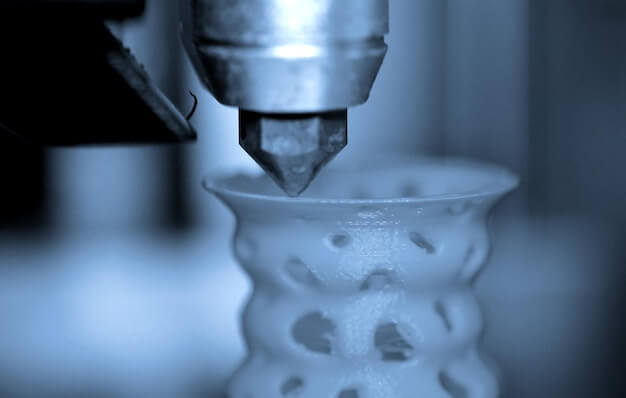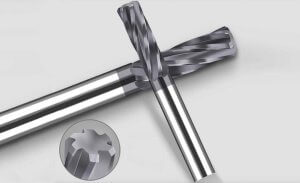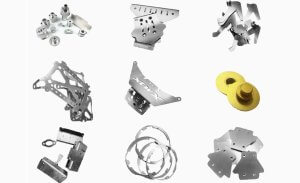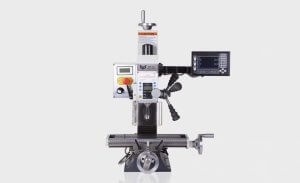Introduction to CNC Machining
CNC machining stands as a cornerstone in modern manufacturing, offering precision and repeatability that are unmatched by manual processes. At its core, CNC (Computer Numerical Control) machining involves the use of computers to control machine tools, which shape and form materials into desired parts. The challenge often faced in this field is selecting the appropriate material that balances cost-effectiveness with performance. Materials range widely from metals like aluminum and steel to plastics and composites, each offering different benefits and challenges. For instance, aluminum is prized for its lightweight and machinability, making it a common choice for aerospace components. However, the decision-making process must consider factors such as the part’s intended use, durability requirements, and manufacturing budget to ensure the optimal material selection.
Understanding Material Properties
When selecting materials for high-volume CNC machining, it’s crucial to consider their properties such as machinability, durability, and cost-effectiveness. Balancing these factors is essential to optimize performance while controlling production costs. Additionally, leveraging the expertise of a reliable online CNC service provider can offer valuable insights into material selection and machining processes, ensuring the successful execution of high-volume projects.
Materials Commonly Used in High-Volume CNC Machining
In high-volume CNC machining, the choice of material is crucial for balancing cost and performance. Popular materials include:
- Aluminum: Known for its lightweight and strength, aluminum is widely used in automotive and aerospace applications for parts like engine brackets and aircraft fuselage.
- Steel: Valued for its durability and resistance to wear, steel is often used in the manufacturing of gears, shafts, and other components requiring high strength.
- Brass: With its low friction and non-sparking properties, brass is preferred for electrical components, connectors, and valves.
- Plastics: Due to their versatility and cost-effectiveness, plastics such as ABS and polycarbonate are used for enclosures, consumer goods, and prototypes.
Each material is selected based on its specific properties, such as strength, weight, and cost, to meet the demands of the application.
Balancing Cost and Performance in Material Choices for High-Volume CNC Machining
In the realm of high-volume CNC machining, selecting the right material involves a critical balance between cost and performance. On one hand, opting for cheaper materials can significantly reduce initial expenses, making it an attractive choice for businesses aiming to minimize costs. However, this often comes at the expense of performance, where the material may not meet the required durability, strength, or precision for the intended application. Conversely, materials that offer superior performance characteristics, such as enhanced strength or heat resistance, typically come with a higher price tag. A prime example of this trade-off is the use of aluminum in automotive parts. Aluminum is favored for its lightweight and cost-effectiveness, contributing to improved fuel efficiency and reduced manufacturing costs. Yet, it may not always provide the same level of performance as more expensive, high-strength alloys in demanding applications.
- Cost-Effective Materials: Lower initial expenses, but may compromise on durability and precision.
- High-Performance Materials: Offer superior characteristics but at a higher cost, impacting overall project budget.
- Example – Aluminum: Balances cost and performance by offering lightweight and cost-effective solutions for automotive parts, enhancing fuel efficiency while maintaining adequate performance.
Innovative Materials and Technologies in CNC Machining
The landscape of CNC machining is being transformed by the introduction of innovative materials and technologies, aimed at enhancing performance while managing costs. One significant advancement is the use of composite materials. These materials, combining two or more constituent materials with different physical or chemical properties, offer superior strength, durability, and resistance to wear and tear compared to traditional materials. For example, carbon fiber composites are renowned for their lightweight and high strength characteristics, making them ideal for aerospace and automotive applications where weight reduction is crucial without compromising on performance.
- Composite Materials: Enhance performance through improved strength, durability, and lightweight properties.
- Carbon Fiber: Used for its lightweight and high strength, ideal for aerospace and automotive sectors.
Making the Right Choice for Your Project
Choosing the appropriate material for high-volume CNC machining involves a careful consideration of several factors to ensure a balance between cost and performance. Key considerations include:
- Project Requirements: Understand the mechanical and physical properties needed for the component, such as strength, durability, and resistance to environmental factors.
- Volume: The quantity of parts required can significantly influence material choice. High-volume orders may benefit from materials that are easier and more cost-effective to machine.
- Budget: Material costs can vary widely, so it’s crucial to select a material that meets both the project’s technical requirements and budget constraints.
Consulting with material experts or utilizing decision-making tools can provide valuable insights into the most suitable materials for your project. For example, a project requiring high strength and durability might lean towards using titanium, whereas a project with tighter budget constraints might opt for aluminum, balancing both cost and performance effectively.
Other Articles You Might Enjoy
- Unlocking New Possibilities in CNC Machined Titanium Medical Devices
Introduction to CNC Machined Titanium Medical Devices The prevalence of CNC machined titanium medical devices in the healthcare sector demonstrates their immense significance and usefulness. This technology furnishes an essential…
- CNC Aluminum Machining Services: Advanced Techniques for Perfect Parts
CNC Aluminum Machining Services In the current manufacturing landscape, CNC aluminum machining services play a pivotal role. CNC which simply translates to 'Computer Numerical Control', is an advanced technique used…
- Hastelloy vs. Stainless Steel in Chemical Processing Equipment: CNC Machining Perspectives?
Hastelloy vs. Stainless Steel in Chemical Processing Equipment: An Introduction In the realm of chemical processing equipment, two commonly used materials include Hastelloy and stainless steel. Hastelloy, a reputed superalloy…








